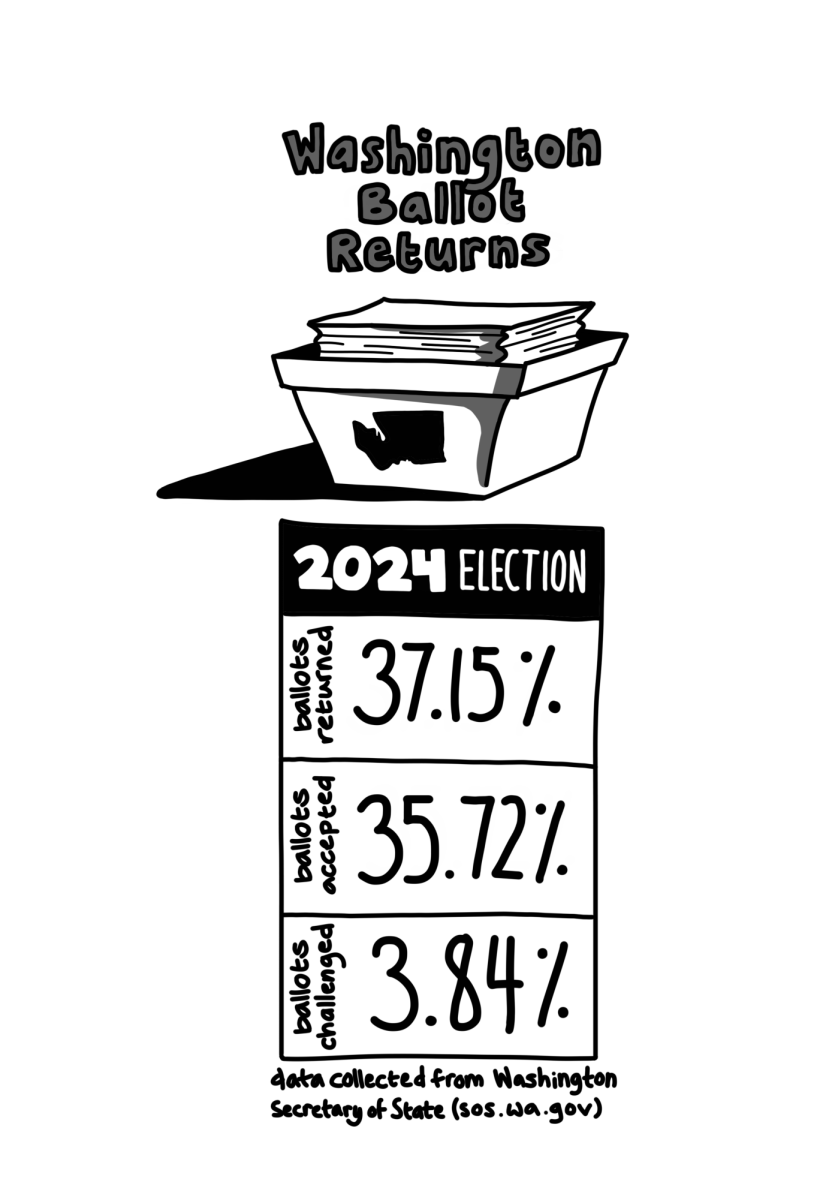Article written by Natalie Jamerson.
“Beaver dams change everything.”
So says Mary O’Brien, the head of the Utah Forests Program for the Grand Canyon Trust, a conservation non-profit.
“They create ponds, sub-irrigate valleys, expand riparian areas, support wildlife species, attenuate flood force, make life easier for native fish and increase complexity of streams by creating side channels and meanders and depositing woody debris.”
Mary has worked with the Trust for seven years to ensure that the North American beaver population flourishes and expands across southern Utah. Yet beaver do not permeate the landscape as they once did; in fact, there are relatively few dams in the fertile river ecosystems. The reason? Initially, fur trapping. At present, cows. Fortunately for the semi-aquatic rodents, Mary O’Brien is fighting to ensure that beaver begin to repopulate streams across Utah to bring back these invaluable qualities to the ecosystem.
Largely trapped-out in the 16th and 17th centuries, beaver populations declined and never have had the chance to return to a healthy level due to external pressures. Often considered “problem rodents” or “water-stealers,” the beaver have faced numerous roadblocks to peaceful, natural existence for years. To the surprise of many, cattle grazing has significantly suppressed beaver activity, due to overgrazing, bank trampling and water pollution. Beaver rely on sensitive streamside: also known as riparian: environments with dense vegetation of willow, aspen and cottonwood plants for food and dam construction materials. If the cows diminish the vegetation population, the beaver cannot support themselves.
“The sprouts were being arrested at 2′-4′ height, unable to grow up into the overstory and reproduce,” O’Brien said, highlighting the extremely destructive tendencies that cattle have had on the land. As the grazing industry began around the time the beaver were trapped out, this has been an enduring problem with a history of repeated grazing pressures.
O’Brien works to levy with the Forest Service to create reference areas in order to observe the difference between healthy and poor riparian ecosystems, and she advocates for assiduous monitoring of the current beaver populations. Her team of Utah employees and volunteers conducts many habitat and dam assessments on current and historic populations to continues to understand the needs and patterns of the beaver. This data helps to make informed decisions about where a reintroduction of beaver would be practical and successful.
The push to reintroduce the beaver stems not just from the desire to restore a species to its status before the white man had an effect, but also from the desire to re-stabilize the sensitive and valuable riparian complexes across southern Utah. The North American Beaver arguably brings more ecosystem services to the riparian landscape than any other animal. It aids in the fight to bring back native trout and grasses to stream systems and slowly heals the erosive wounds of the decades of cattle destruction. A healthy dam and all the species benefiting from it is an awe-inspiring site to behold. There’s no denying the resulting fertility.
“A healthy riparian area packs more biodiversity than any other habitat in the West,” O’Brien said.








